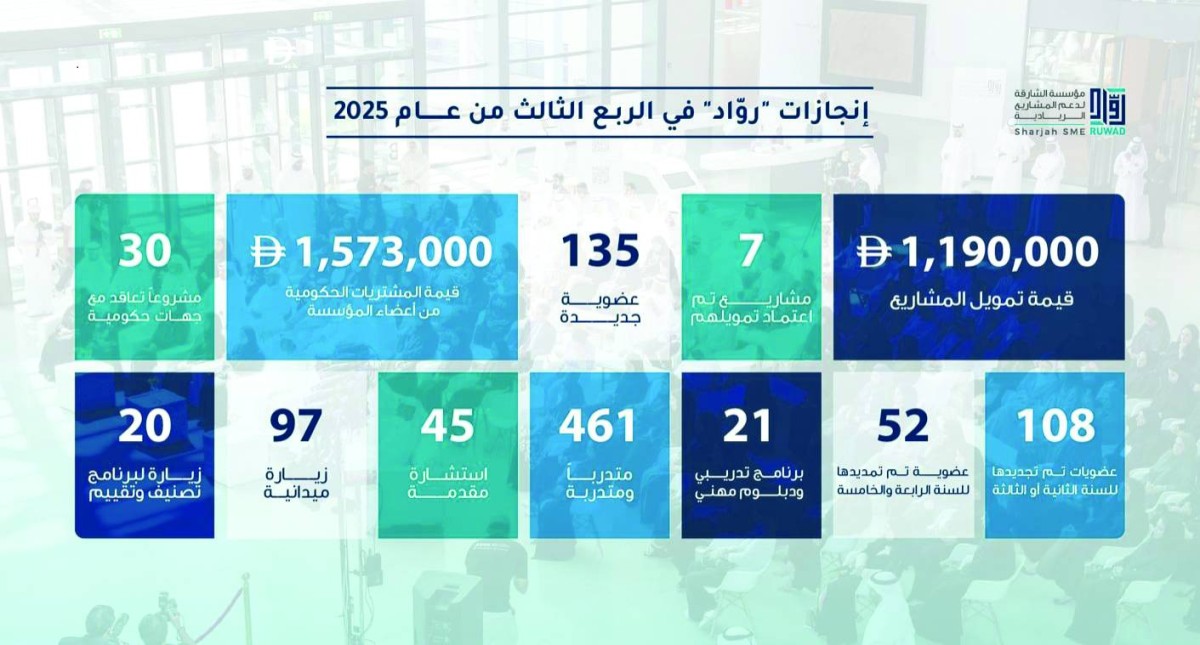Oman is positioning itself as a key player in the global space industry with a groundbreaking new directive from the Oman’s Civil Aviation Authority (CAA). The recently published Directive CAD 5-01 introduces a highly agile approval model for space launches from Omani territory, slashing the timeline from many months to just 45 days and creating a strategic advantage for the Sultanate in the competitive aerospace sector.
Slashing Bureaucracy In The Race To Space
For decades, a major bottleneck for commercial space companies has been the lengthy and complex process of securing launch approvals. In most major jurisdictions, this can take anywhere from six to eighteen months, often placing commercial payloads secondary to government and strategic missions. Oman’s new framework directly challenges this status quo by creating one of the most efficient regulatory systems in the world. This move strategically targets the growing demand for “responsive launch,” enabling satellite operators to deploy or replace assets in orbit with unprecedented speed. For companies needing to address urgent constellation deployments or replace malfunctioning satellites, Oman now offers a compelling and time-efficient solution.
A Strategic Move To Attract Global Players
The directive is already capturing international attention and positions Oman as the Gulf region’s first mover in agile space launch regulation. By significantly reducing procedural delays and red tape, the Sultanate aims to attract a new wave of investors, aerospace suppliers, and global launch providers. The Etlaq Spaceport is central to this vision, with early interest already materializing. Spanish launch service provider PLD Space has announced that Etlaq will serve as its second global launch base for its MIURA rocket family. A successful and rapid launch by PLD Space would send a powerful signal to the global space community about Oman’s capabilities as a viable, commercially-focused alternative to congested and slow-moving spaceports.
Cultivating A Domestic Space Economy
Beyond attracting international business, the streamlined approval process is set to catalyze a broader domestic space economy. The influx of launch campaigns is expected to stimulate local supply chains, from ground support equipment to satellite integration facilities. Omani universities and research institutions can leverage new opportunities for suborbital experiments and small payload testing, building national capabilities for future orbital missions. This forward-thinking strategy signals to investors that Oman is committed to carving out a sustainable niche in the rapidly expanding global space market, although the CAA will face the critical task of proving that this speed does not compromise safety or international compliance.
About Oman’s Civil Aviation Authority
The Civil Aviation Authority (CAA) of Oman is the government body responsible for regulating all aspects of civil aviation in the Sultanate. Its mandate includes ensuring aviation safety, security, and efficiency, as well as overseeing air navigation services and the development of the country’s aerospace sector.
Source: Zawya














